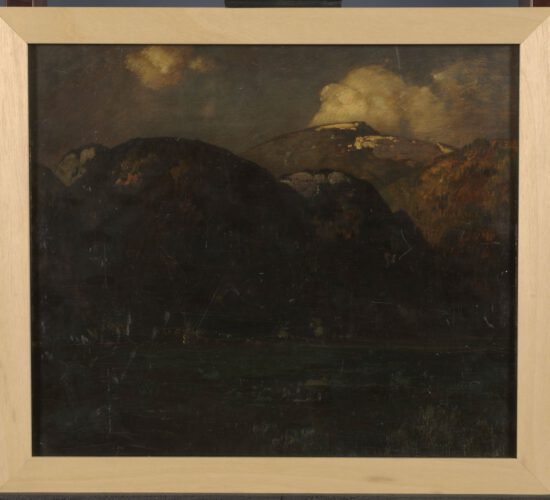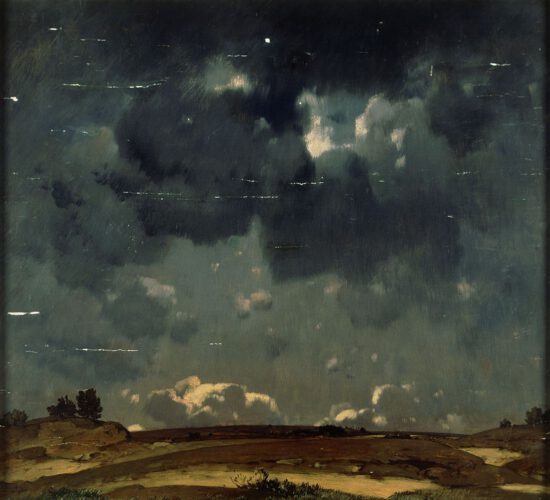Summary recommendation
The Restitutions Committee has reassessed the application from the heirs of Abraham Adelsberger (1863-1940) for the restitution of two paintings (NK 3277 and NK 3278) by the artist A. von Stadler after a request for reconsideration on the grounds of new facts. The original recommendation issued by the Committee in 2009 (Adelsberger RC 1.91) concerned three works. The restitution application for the two paintings by Von Stadler was rejected because ownership and the circumstances of the loss of possession had not been sufficiently well established.
New research has revealed that a previously unknown archive in the Jewish Historical Museum in Amsterdam contains documents relating to the Adelsberger family and the related Isay family. This family archive, which covers a period of some fifty years, contains personal and commercial documents, including information about the sale of paintings during the 1933-1945 period.
New documentation has also been supplied on behalf of the Adelsberger heirs.
This material and supplementary research have yielded relevant facts and insights about the flight of the Adelsberger and Isay families from Germany to Amsterdam and about the ownership and fate of individual artworks in their possession. These new facts justify the substantive handling of the request for reassessment. It has emerged from the aforementioned records and reporting that Adelsberger’s son-in-law Alfred Isay (1885-1945) acquired ownership of the two Von Stadler paintings in 1933 and took them with him to Amsterdam in 1934.
It has furthermore emerged from the records of the Goudstikker/Miedl gallery that on 13 November 1941 the gallery purchased these two works by Von Stadler from a certain ‘Weinberg’. Research into Weinberg’s identity has revealed that there was somebody in the Isay family’s immediate circle called Weinberg, who also had contacts with the Goudstikker/Miedl gallery.
Given the new facts, the Committee has concluded it is highly likely that Alfred Isay was the owner of the two paintings by Von Stadler at the moment possession was lost in November 1941. The Committee also considers it sufficiently plausible that Alfred Isay, who because of his Jewish background belonged to a persecuted population group, lost possession of these artworks involuntary on 13 November 1941 by selling them through Leopold Weinberg to the Goudstikker/Miedl gallery as a result of circumstances directly related to the Nazi regime. The Committee has therefore advised the Minister of Education, Culture and Science to restitute the two NK works Mountainous Landscape (NK 3277) and Landscape (NK 3278) to the heirs of Alfred Isay.

